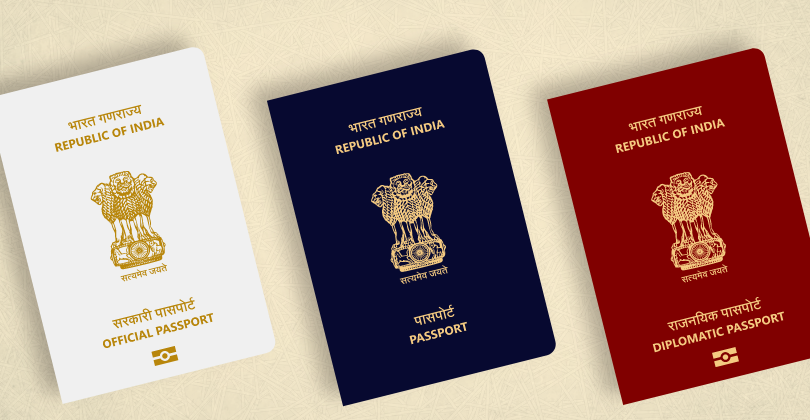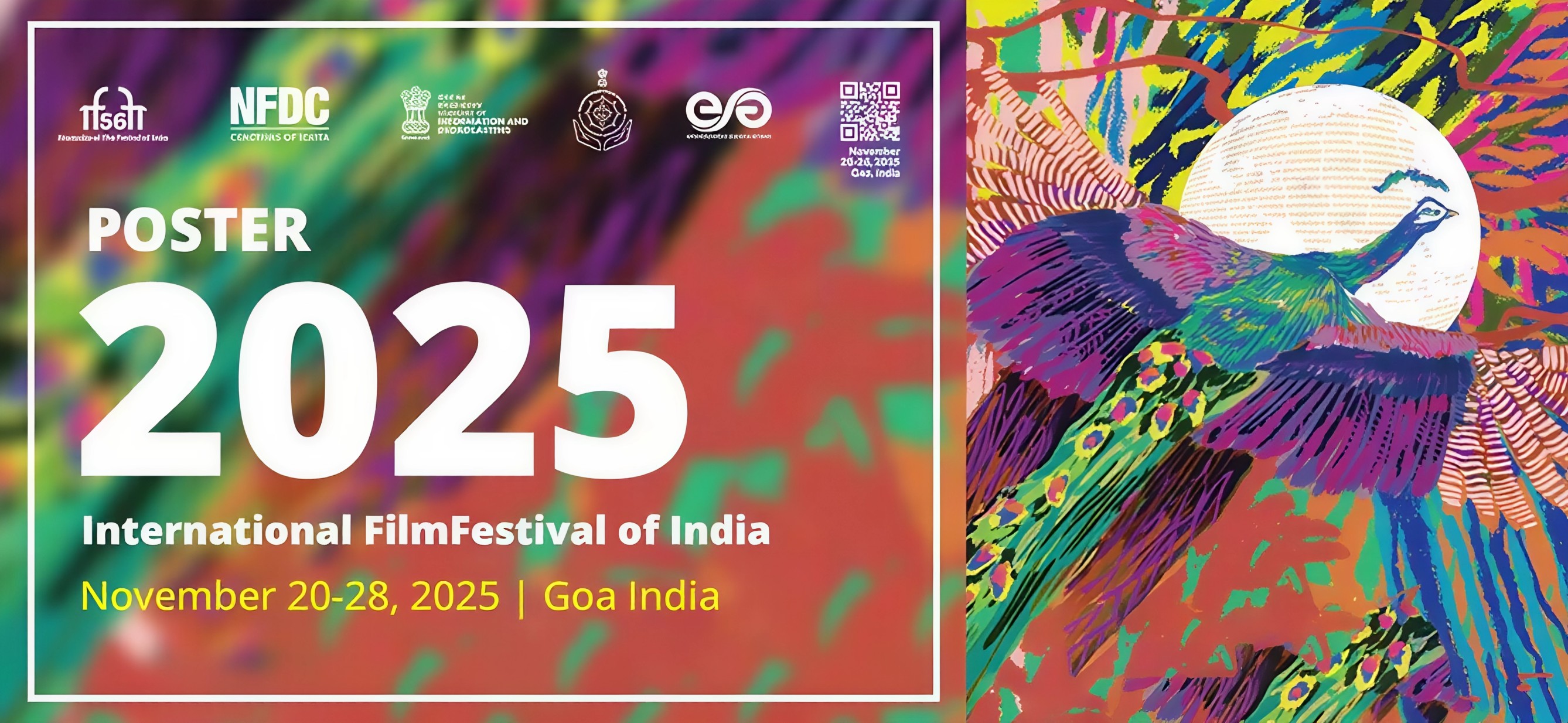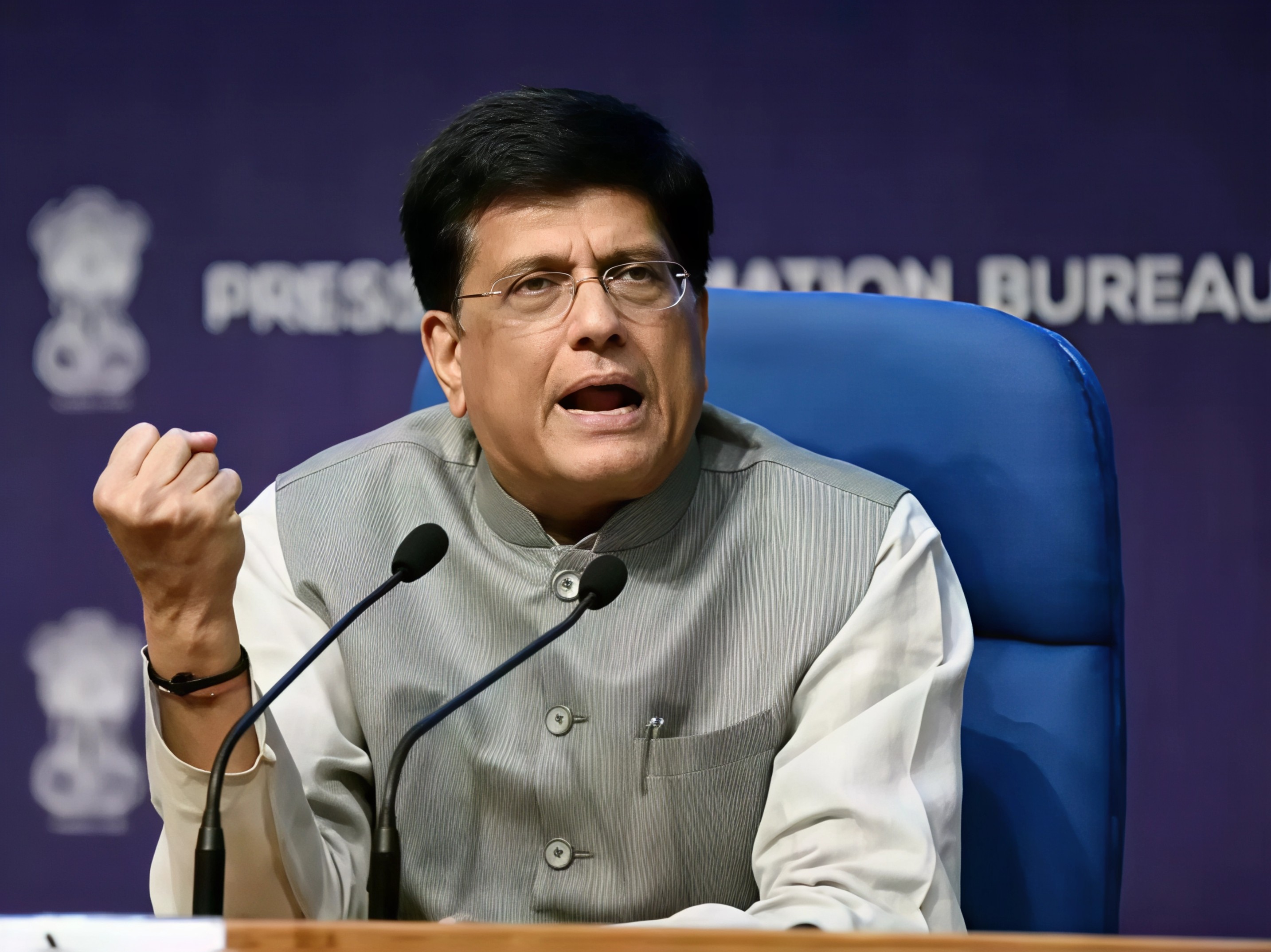Passports are more than just travel documents; they are powerful symbols of identity and authority. In India, the colour of your passport reflects your status and the purpose of your travel. While the familiar blue passport is widely carried by millions of Indian citizens, the red and white versions are reserved for those representing the country on diplomatic or official duties. Together, these three passport categories simplify verification for immigration authorities and highlight the structured nature of global travel.
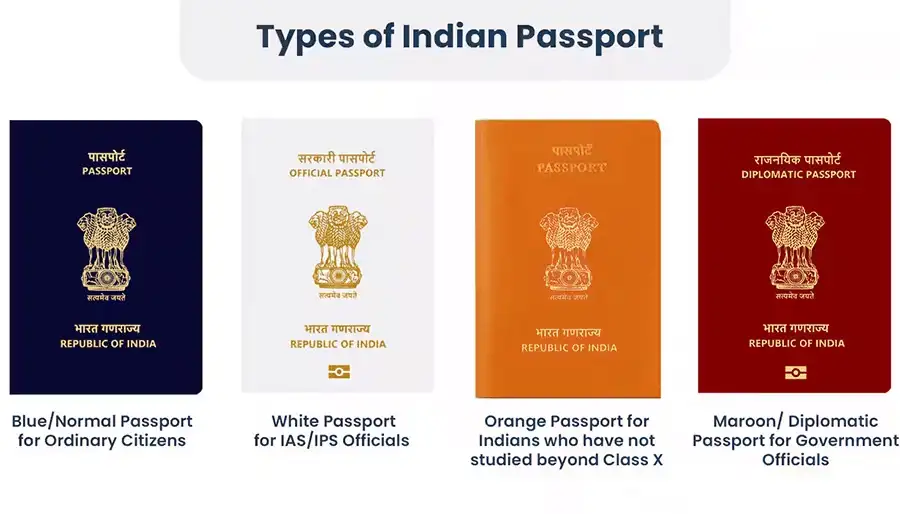
The blue passport is the most common type, issued to regular Indian citizens for international travel. Whether it is for tourism, business, education, or personal visits, this document unlocks global mobility. Recently, India introduced e-passports with biometric chips, making them more secure and resistant to tampering. These advancements also mean faster clearance at immigration counters, aligning India with global best practices.
The white passport is reserved for government officials, civil servants, and members of the armed forces travelling abroad on official assignments. It signals that the holder is on government duty, ensuring smoother clearance processes at borders. While it does not grant immunity like a diplomatic passport, it confirms the official nature of travel and has now also been upgraded to the secure e-passport format.
The red passport, issued only to diplomats, senior officials, and their families, carries the highest level of privilege. It allows the holder access to diplomatic channels at airports, expedited visa processes, and often visa-free entry to several countries. As India’s diplomats represent the nation globally, this passport reflects authority and responsibility while ensuring convenience and security during international assignments.
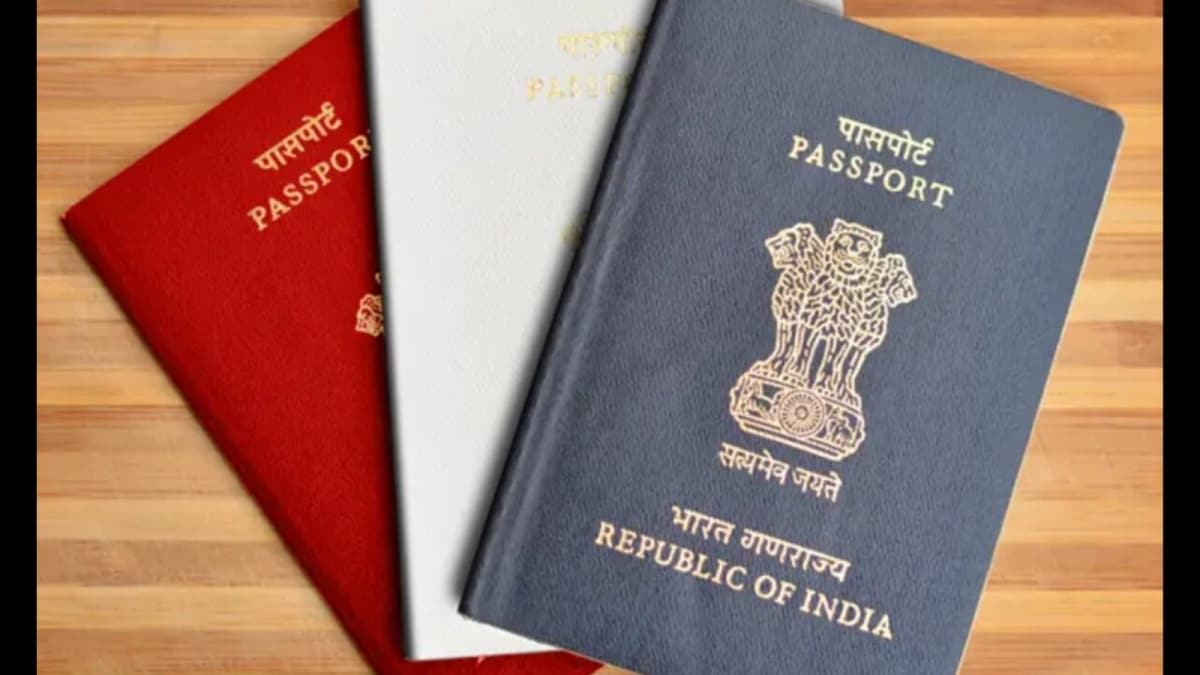
Applying for each type of passport requires different documentation. Regular citizens applying for a blue passport need to provide proof of birth, valid identification, and address details. For white and red passports, the process is much stricter, requiring government approvals, duty certificates, and clearances from higher authorities.
India’s passport colour system may seem simple, but it plays a vital role in managing international identity, ensuring security, and maintaining diplomatic protocols. With the rollout of e-passports, the country is entering a new phase of travel documentation that blends convenience with stronger safeguards.
Follow Travel moves on Instagram and Facebook for more insights into how systems, policies, and innovations are shaping the way we travel and connect globally.

